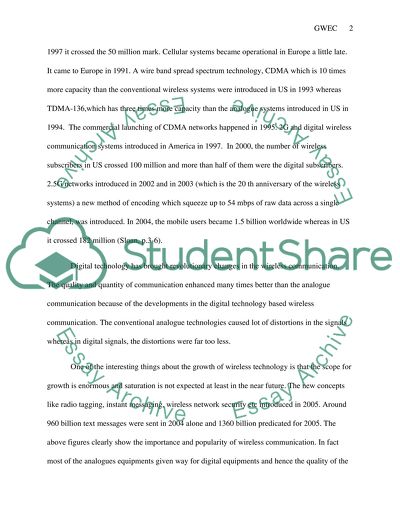Cite this document
(Preparing the Wireless Workforce Assignment Example | Topics and Well Written Essays - 1286 words, n.d.)
Preparing the Wireless Workforce Assignment Example | Topics and Well Written Essays - 1286 words. Retrieved from https://studentshare.org/information-technology/1571058-paper-gwec-report
Preparing the Wireless Workforce Assignment Example | Topics and Well Written Essays - 1286 words. Retrieved from https://studentshare.org/information-technology/1571058-paper-gwec-report
(Preparing the Wireless Workforce Assignment Example | Topics and Well Written Essays - 1286 Words)
Preparing the Wireless Workforce Assignment Example | Topics and Well Written Essays - 1286 Words. https://studentshare.org/information-technology/1571058-paper-gwec-report.
Preparing the Wireless Workforce Assignment Example | Topics and Well Written Essays - 1286 Words. https://studentshare.org/information-technology/1571058-paper-gwec-report.
“Preparing the Wireless Workforce Assignment Example | Topics and Well Written Essays - 1286 Words”, n.d. https://studentshare.org/information-technology/1571058-paper-gwec-report.


